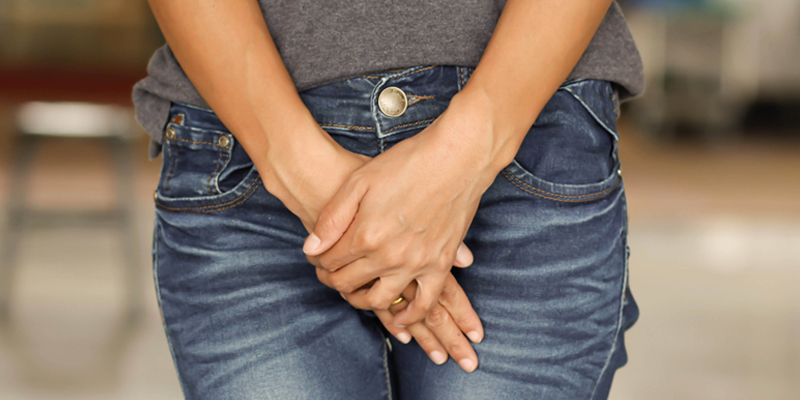
Vulvar pain syndromes have been described as a hypersensitivity of genital nerves and tissues. Vulvodynia is described as a generalized genital pain syndrome. This differs from vestibulodynia or vulvar vestibulitis, a localized vulvar pain syndrome with pain at the vaginal entrance. Studies have estimated that 15-18% of women in the U.S. are affected by vulvar pain with the most common complaint being consistent, recurring vulvar pain during sex. While the cause is unknown, studies suggest many influences and several different variations of the disease process. Patients often have complaints of multiple, previous yeast infections. They also may have a positive q-tip test. The q-tip test is the most common test for vulvar pain. In this test, pressure is applied to the vulva with the tip of a q-tip to determine if there is hypersensitivity or pain.
Presentations of vulvar pain can vary greatly among people; however, common symptoms include:
Until recently, the typical course of treatment was medication, topical creams, dietary changes, and even surgery as a last resort. However, recent research has shown that physical therapy can help many patients suffering from vulvar pain syndromes and is often a first line of treatment. Physical therapists specializing in pelvic floor pain and dysfunction can evaluate different aspects of the musculoskeletal system contributing to vulvar pain. Believe it or not, your joints, muscles, and surrounding fascia can irritate the vulvar tissue and even mimic pain making the symptoms feel worse. Balancing out the musculoskeletal problems can significantly help symptoms and patient function.
Physical Therapy for vulvar pelvic pain syndromes will include balancing musculoskeletal impairments which may be causing the pelvic spasm and overactivity. Manual physical therapy releases adhesions in the pelvis to reduce muscular pain and trigger points (muscle spasms). PT can also desensitize the irritated regions to decrease the vulvar pain. Treatments may also include biofeedback to reduce muscle tension and reeducate muscle; cold laser therapy to improve circulation and decrease pain; education on home stretching and muscle relaxation; and education on methods to decrease pain with sex.


